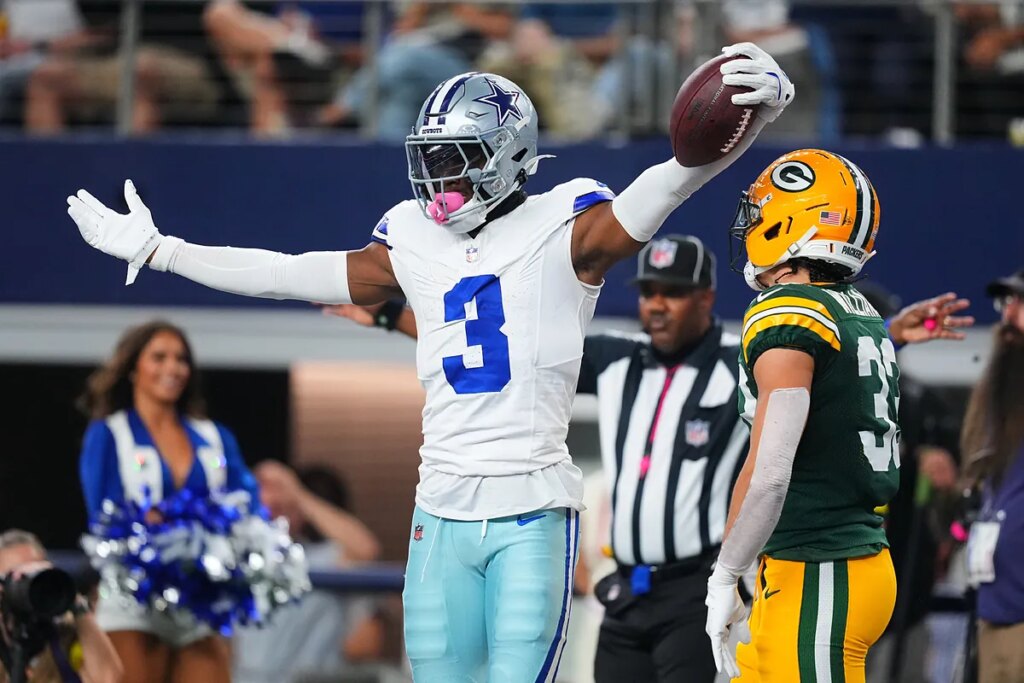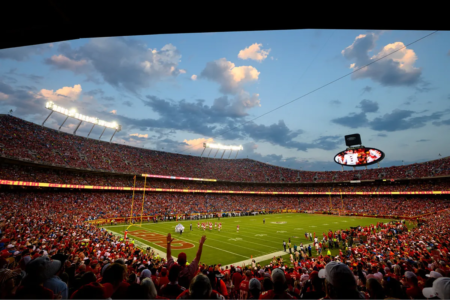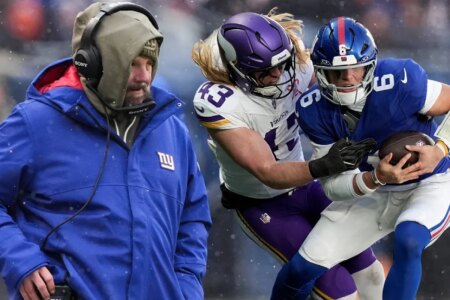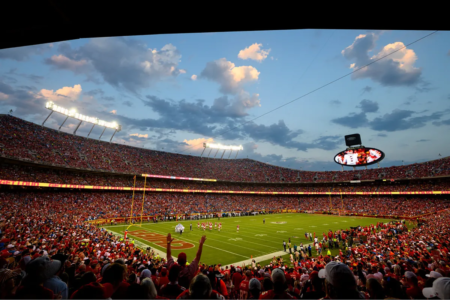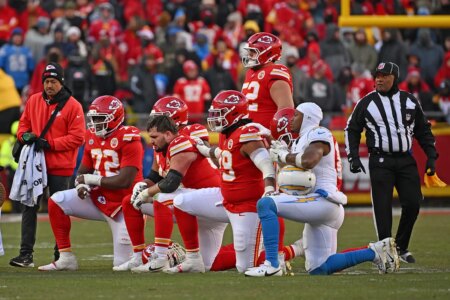When the Dallas Cowboys and Green Bay Packers finished in a 40-40 draw on Sunday night, the game’s outcome was unusual enough. What drew even more attention, however, were the remarks of Cowboys wide receiver George Pickens, who admitted afterward that he did not know an NFL contest could end in a tie.
Pickens explained in a postgame interview that he expected another period to follow after the Packers kicked a field goal in the final moments of overtime.
“I’ve never been part of a tie before. I thought we would just keep playing,” he added.
The wide receiver’s comments highlighted a broader issue: even at the professional level, some players remain unfamiliar with one of the league’s most basic rules.
Rare draws in NFL: The rules explained
Ties are uncommon in the modern NFL, which partially explains the lack of awareness. Since the introduction of sudden-death overtime in 1974, rule modifications have aimed to reduce the likelihood of inconclusive results.
Yet, because regular-season overtime is limited to a single 10-minute period, draws still occur from time to time. For players who have never experienced one, the outcome can come as a surprise.
The situation also underscores a recurring theme. Pickens is not the first professional to confess confusion over this rule.
In 2008, then-Philadelphia Eagles quarterback Donovan McNabb openly acknowledged that he did not realize a game could finish level until he experienced a 13-13 result against Cincinnati.
Similar admissions have surfaced from other players over the years, suggesting that the subject is rarely emphasized in preparation or meetings.
Why ties remain misunderstood in the NFL
There are several reasons for this recurring gap in knowledge. First, most levels of football below the NFL rarely allow ties.
High school contests generally declare a winner, and the college system uses alternating possessions to break deadlocks, almost guaranteeing a result. By the time athletes reach the professional ranks, they may never have encountered a tie in live play.
Second, the NFL has changed its overtime format multiple times in recent decades. Before 2012, a field goal on the opening possession ended the game immediately. Today, both teams are guaranteed at least one possession unless the first ends with a touchdown.
In 2017, the league further shortened overtime in the regular season from 15 to 10 minutes, which statistically increases the chances of a tie. Players who are not attentive to these adjustments may be caught off guard.
Finally, there is the question of coaching emphasis. Teams drill their players extensively on penalties, formations, and situational football. Yet, the rarity of ties may lead coaches to treat the rule as an afterthought.
Why Pickens’ ignorance can be forgiven
As Pickens’ reaction demonstrates, this can leave athletes unprepared for real-world scenarios in which knowledge of the rules could influence late-game strategy and time management.
The Cowboys-Packers draw will likely prompt discussion in locker rooms around the league about the possibility of inconclusive results.
While ties remain a statistical rarity, the fact that players continue to express surprise when they occur suggests that the subject deserves more deliberate attention.
Whether this latest example will lead to greater awareness remains to be seen, but the incident has once again revealed a blind spot in players’ understanding of the game’s regulations.
Read the full article here





